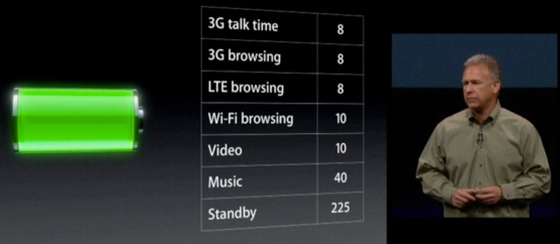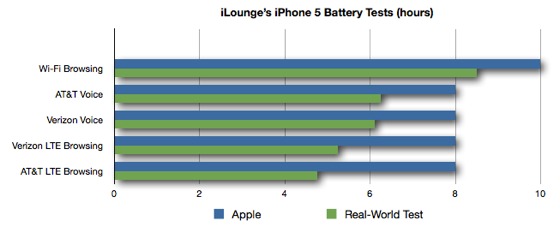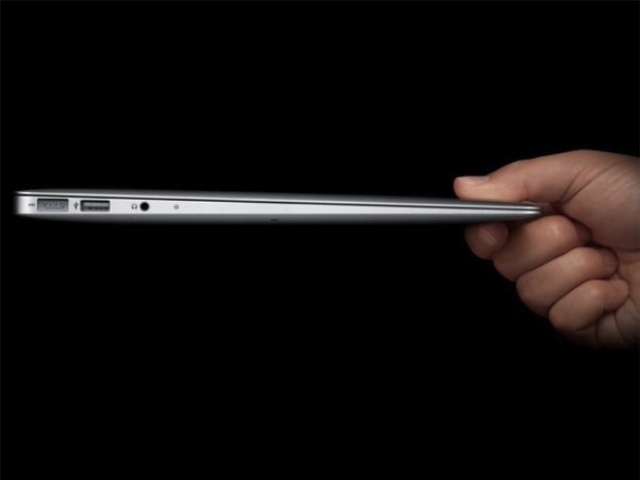Apple's decision to ship its own mapping system in the iPhone 5 and iOS 6 was made over a year before the company's agreement to use Google Maps expired, according to two independent sources familiar with the matter. The decision, made sometime before Apple's WWDC event in June, sent Google scrambling to develop an iOS Google Maps app — an app which both sources say is still incomplete and currently not scheduled to ship for several months.
Apple decided to end the deal and ship the new maps
As rumors and leaks of Apple's decision to announce the new iOS 6 maps at WWDC in June filtered out, Google decided to respond with a display of strength — the search giant hastily announced its own mapping event just days before Apple's event. Dubbed "the next dimension of Google Maps," the event was designed to showcase new technologies like low-level aerial 3D photography and Street View backpacks — a chest-thumping exercise meant to highlight Google's significant head start in collecting mapping information, but which offered very little in the way of consumer-facing features.
For its part, Apple apparently felt that the older Google Maps-powered Maps in iOS were falling behind Android — particularly since they didn't have access to turn-by-turn navigation, which Google has shipped on Android phones for several years. The Wall Street Journal reported in June that Google also wanted more prominent branding and the ability to add features like Latitude, and executives at the search giant were unhappy with Apple's renewal terms. But the existing deal between the two companies was still valid and didn't have any additional requirements, according to our sources — Apple decided to simply end it and ship the new maps with turn-by-turn.
"What were we going to do, force them not to change their mind?"
The reports were validated earlier today by Google chairman Eric Schmidt, who was quoted by Reuters saying "what were we going to do, force them not to change their mind? It's their call." Schmidt also said that Google had "not done anything yet" with an iOS Google Maps app, and that Apple would ultimately have to decide whether to approve any such app anyway. "It's their choice," he told Bloomberg. Google Maps VP Brian McClendon has also repeatedly said he's committed to offering Google Maps on all platforms, indicating that an iOS app will eventually appear.
Interestingly, Apple either didn't know or didn't expect that consumers would find its new maps to be deficient — when iOS software VP Scott Forstall introduced the new mapping system in June, he called it "beautiful" and "gorgeous" and stressed that "we're doing all the cartography ourselves." The company was forced to adopt a different tone last week as complaints about the maps spread, saying the "new map service is a major initiative and we are just getting started with it." The company also promised "continuously improving" maps, and said that "the more people use it, the better it will get." Indeed, some of the more egregious errors spotted by users are already getting fixed, although New York's bridges are still distorted in Flyover and the Statue of Liberty remains missing.
"This new map service is a major initiative and we are just getting started with it."
Ultimately, maps are just one more front in an increasingly high stakes war between rival ecosystems as PCs give way to mobile devices. Apple and Google both plainly understand that phones and tablets are most powerful when used in conjunction with sophisticated cloud-based services, and both seem determined to own and integrate the entire experience — ownership that will lead to dominance in the next era of computing. A few customers getting lost along the way seems to be acceptable collateral damage.









